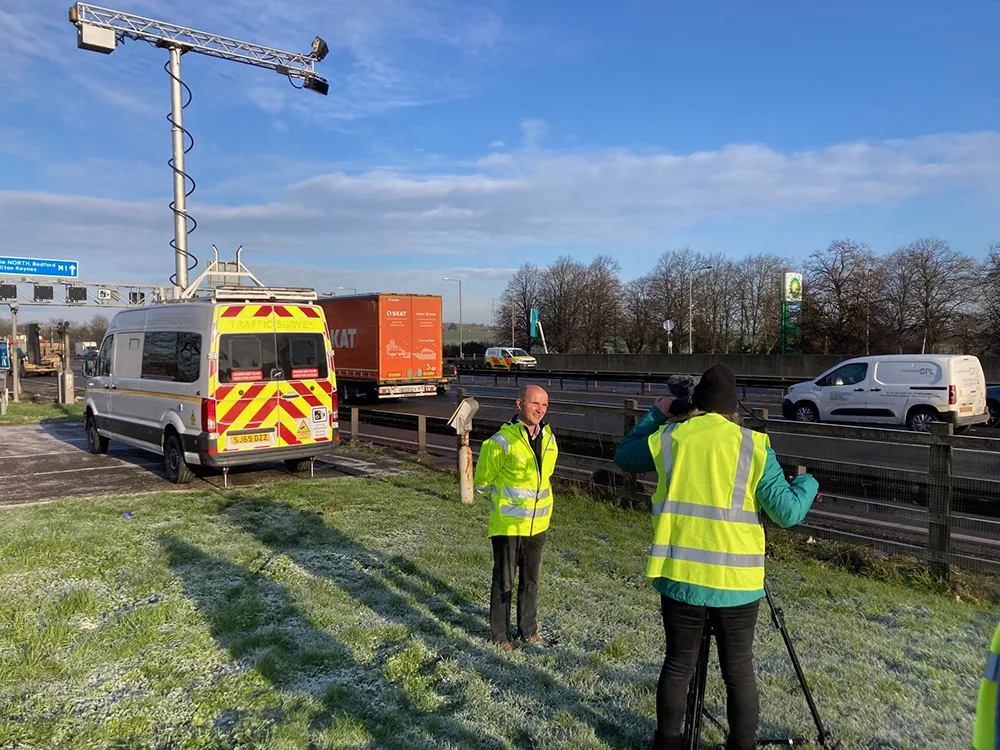Cyber security specialist Symantec has expanded its internet of things (IoT) portfolio with the introduction of Symantec Anomaly Detection for Automotive to protect against zero-day attacks and issues facing modern connected vehicles.
Symantec Anomaly Detection for Automotive uses machine learning to provide passive in-vehicle security analytics that monitor all controller area network (CAN) bus traffic without disrupting vehicle operations, learn what normal behaviour is and flag anomalous activity that
June 10, 2016
Read time: 1 min
Cyber security specialist Symantec has expanded its internet of things (IoT) portfolio with the introduction of Symantec Anomaly Detection for Automotive to protect against zero-day attacks and issues facing modern connected vehicles.
Symantec Anomaly Detection for Automotive uses machine learning to provide passive in-vehicle security analytics that monitor all controller area network (CAN) bus traffic without disrupting vehicle operations, learn what normal behaviour is and flag anomalous activity that may indicate an attack. According to Symantec, the solution works with virtually any automotive make and model.
Symantec Anomaly Detection for Automotive uses machine learning to provide passive in-vehicle security analytics that monitor all controller area network (CAN) bus traffic without disrupting vehicle operations, learn what normal behaviour is and flag anomalous activity that may indicate an attack. According to Symantec, the solution works with virtually any automotive make and model.










